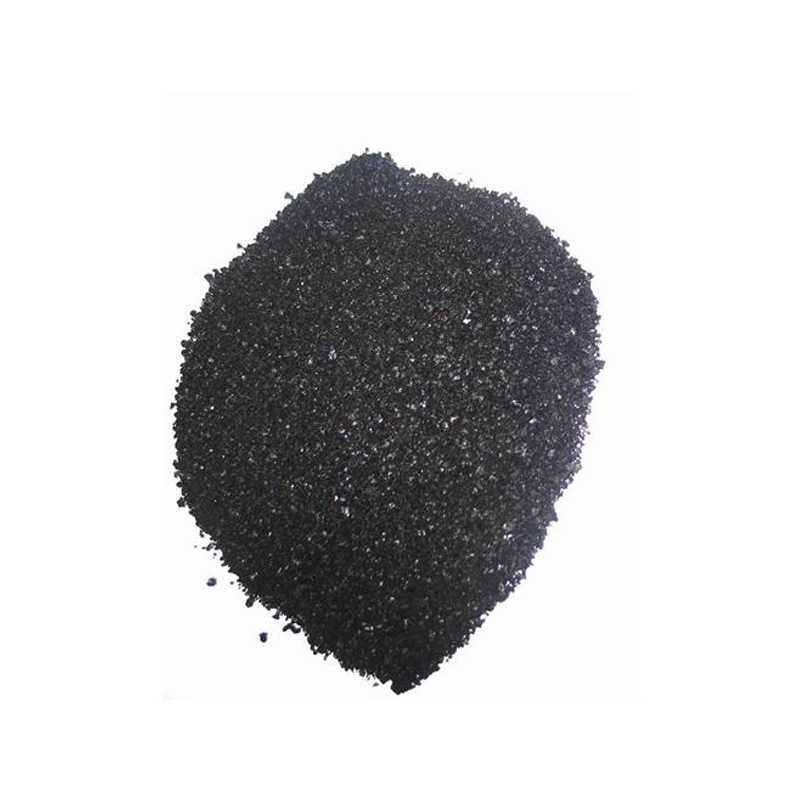indigo manufacturing
Indigo Manufacturing Reviving a Timeless Craft
Indigo, one of the oldest dyes in human history, has traveled through time, cultures, and civilizations, leaving an indelible mark on the textiles and fashion industry. With a history that dates back thousands of years, indigo has played a crucial role in shaping not just clothing, but also cultural identities around the world. Today, the revival of indigo manufacturing is gaining momentum as consumers become more aware of sustainability and the rich heritage associated with this remarkable dye.
The indigo dye is derived from the leaves of the indigo plant, predominantly the Indigofera species. The dye extraction process is labor-intensive and requires a deep understanding of traditional methods that have been passed down through generations. The revival of indigo manufacturing seeks to honor this rich history while adapting to contemporary market demands. Artisans, small businesses, and larger brands are increasingly turning to indigo as a means to produce sustainable and eco-friendly textiles.
One of the significant advantages of indigo is its natural properties. Unlike synthetic dyes, which can have detrimental effects on the environment, indigo is biodegradable and does not produce toxic runoff. This makes it an attractive option for environmentally conscious consumers. Additionally, indigo’s unique color and fading characteristics offer a distinctive aesthetic that is difficult to replicate. Each piece dyed with indigo tells a story, as the color evolves and deepens with each wash and wear, creating a unique garment that reflects the wearer’s journey.
The process of indigo manufacturing involves several steps, from cultivation to dyeing. Farmers cultivate indigo plants, often using traditional organic methods that promote biodiversity and soil health. Once harvested, the leaves undergo fermentation to release the dye, which is then used to dye textiles. This artisanal approach emphasizes the importance of preserving traditional techniques while promoting sustainable practices.
Artisans around the globe have recognized the resurgence of interest in indigo-dyed products. In regions such as West Africa, India, and Japan, skilled craftsmen are revitalizing traditional techniques such as shibori (a Japanese tie-dye technique) and adire (a Nigerian resist-dyeing method). These traditional art forms not only showcase the cultural significance of indigo but also create opportunities for local economies.
indigo manufacturing

In addition to providing economic benefits, indigo manufacturing also offers a way to reconnect with cultural roots. Many artisanal communities are using indigo as a medium to tell their stories and express their identities. Collaborative projects between artisans and designers are creating unique pieces that blend traditional craftsmanship with modern aesthetics, appealing to a global market.
Fashion designers are also catching on to the indigo trend. Many are incorporating indigo-dyed fabrics into their collections, celebrating the dye’s aesthetic appeal while promoting sustainable practices. High-profile fashion brands have begun to highlight indigo in their lines, showcasing the beauty and versatility of this natural dye. Moreover, the rise of slow fashion has encouraged a shift away from fast fashion’s disposable mentality, making room for thoughtfully crafted pieces that prioritize quality and sustainability.
Yet, despite the growing interest in indigo manufacturing, challenges remain. The production of indigo can be labor-intensive, and the cost of organic, naturally dyed textiles may be higher than their synthetic counterparts. Furthermore, the market for indigo must continue to expand to support the livelihoods of artisans and ensure the sustainability of the practice.
Efforts to educate consumers about the benefits of indigo-dyed products are crucial in overcoming these challenges. By fostering a deeper appreciation for the craftsmanship involved in indigo manufacturing, consumers can make informed choices that support ethical practices and traditional artisanship.
In conclusion, the revival of indigo manufacturing is not just a trend but a transformative movement that celebrates sustainability, culture, and artistry. As consumers increasingly seek out products that tell a story, indigo stands out as a symbol of heritage and ecological responsibility. Embracing indigo is a way to honor the past while paving the way for a more sustainable future in the textile industry. Whether through artisanal creations or modern fashion designs, indigo continues to weave its timeless magic into our lives.
-
Sulphur Black Dyes in Daily Use
NewsMay.07,2025
-
Indigo Dyeing for Daily Life
NewsMay.07,2025
-
Indigo Dye Production and Its Growing Demand
NewsMay.07,2025
-
Color That Lasts
NewsMay.07,2025
-
Bromo Indigo for Modern Use
NewsMay.07,2025
-
Blue From Nature
NewsMay.07,2025
-
The Timeless Color in Fashion and Textiles
NewsApr.10,2025

Sulphur Black
1.Name: sulphur black; Sulfur Black; Sulphur Black 1;
2.Structure formula:
3.Molecule formula: C6H4N2O5
4.CAS No.: 1326-82-5
5.HS code: 32041911
6.Product specification:Appearance:black phosphorus flakes; black liquid

Bromo Indigo; Vat Bromo-Indigo; C.I.Vat Blue 5
1.Name: Bromo indigo; Vat bromo-indigo; C.I.Vat blue 5;
2.Structure formula:
3.Molecule formula: C16H6Br4N2O2
4.CAS No.: 2475-31-2
5.HS code: 3204151000 6.Major usage and instruction: Be mainly used to dye cotton fabrics.

Indigo Blue Vat Blue
1.Name: indigo blue,vat blue 1,
2.Structure formula:
3.Molecule formula: C16H10N2O2
4.. CAS No.: 482-89-3
5.Molecule weight: 262.62
6.HS code: 3204151000
7.Major usage and instruction: Be mainly used to dye cotton fabrics.

